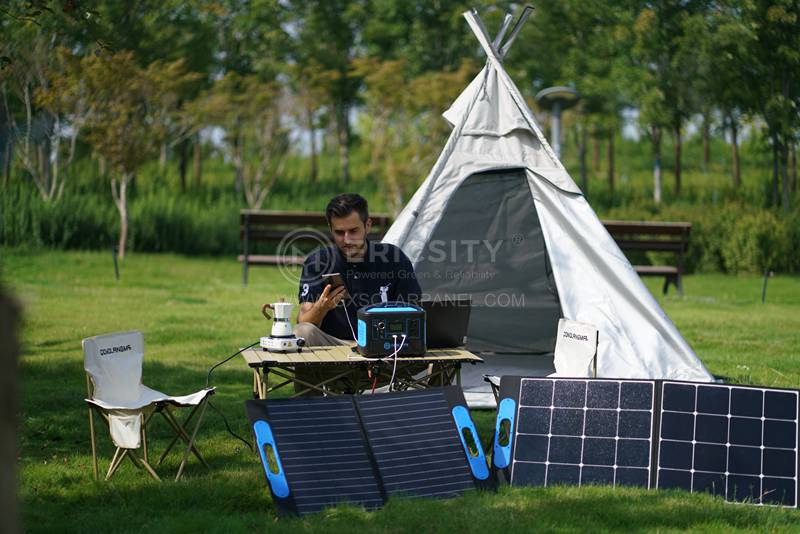HOT PRODUCT
Product Details
Solar Panels By The Numbers: Cost Per Panel Trends And Analysis
Title: Solar Panels By The Numbers: Cost Per Panel Trends And Analysis
Introduction
Solar power has emerged as a viable and sustainable alternative to traditional energy sources. With advancements in technology, the cost of solar panels has significantly decreased over the years, making them more accessible to homeowners and businesses alike. In this article, we will explore the cost per panel trends and provide an analysis of the factors impacting their prices.
1. Historical Cost Trends
The past decade has witnessed a substantial decline in solar panel prices. According to the Solar Energy Industries Association (SEIA), the average cost of solar panels has plummeted by nearly 70% since 2010. This reduction can be attributed to various factors, including improved production techniques, economies of scale, and advancements in photovoltaic technology.
2. Current Cost Analysis
As of 2021, the average price per solar panel is around $0.60 to $1.30 per watt. However, it is important to note that the cost varies based on several factors such as panel type, brand, size, installation complexity, and location. Monocrystalline panels, known for their high efficiency, tend to be more expensive compared to polycrystalline or thin-film panels.
Additionally, prices may differ between residential and commercial installations due to varying requirements and economies of scale. On average, a residential installation can range from $10,000 to $30,000, depending on the system size and location. Commercial installations, which generally span across larger areas, can cost anywhere from $100,000 to several million dollars.
3. Factors Affecting Solar Panel Costs
a. Raw Materials: The cost of solar panels is largely influenced by the materials used in their production. The prices of silicon wafers, which constitute a significant portion of panel costs, can fluctuate due to supply and demand dynamics.
b. Research and Development: Ongoing research and development efforts contribute to advancements in solar cell technology, leading to more efficient and affordable panels. As innovations continue to unfold, it is expected that production costs will further decline.

c. Government Policies and Incentives: Government policies and incentives, such as tax credits and subsidies, play a crucial role in reducing the upfront costs of solar installations. These initiatives have helped drive the demand for solar panels and subsequently led to cost reductions.
d. Installation Costs: The physical installation of solar panels involves additional expenditures, including mounting systems, electrical components, labor, and permitting. These costs vary depending on the complexity of the installation and the location of the project.
4. Future Projections
Experts predict that solar panel prices will continue to decrease in the coming years. As technology advancements accelerate, material costs decline, and economies of scale are further realized, the cost per panel is expected to drop. This trajectory will contribute to the expansion of solar power as a mainstream energy source.



Conclusion
The cost of solar panels has experienced a significant downturn over the years, making solar energy a more affordable option for homes and businesses. Factors such as material costs, research and development, government policies, and installation expenses all contribute to the overall cost per solar panel. Looking ahead, the future of solar panel costs is optimistic, with further reductions anticipated as the industry continues to grow and innovate.




